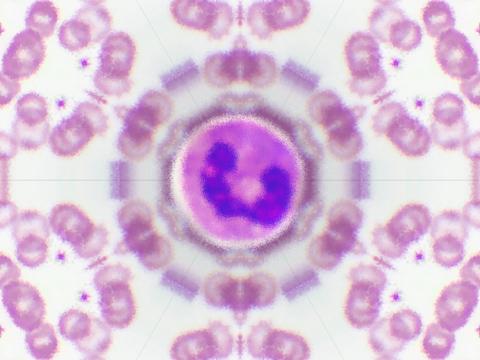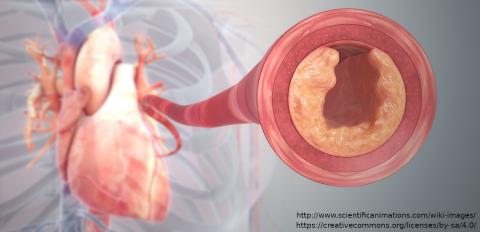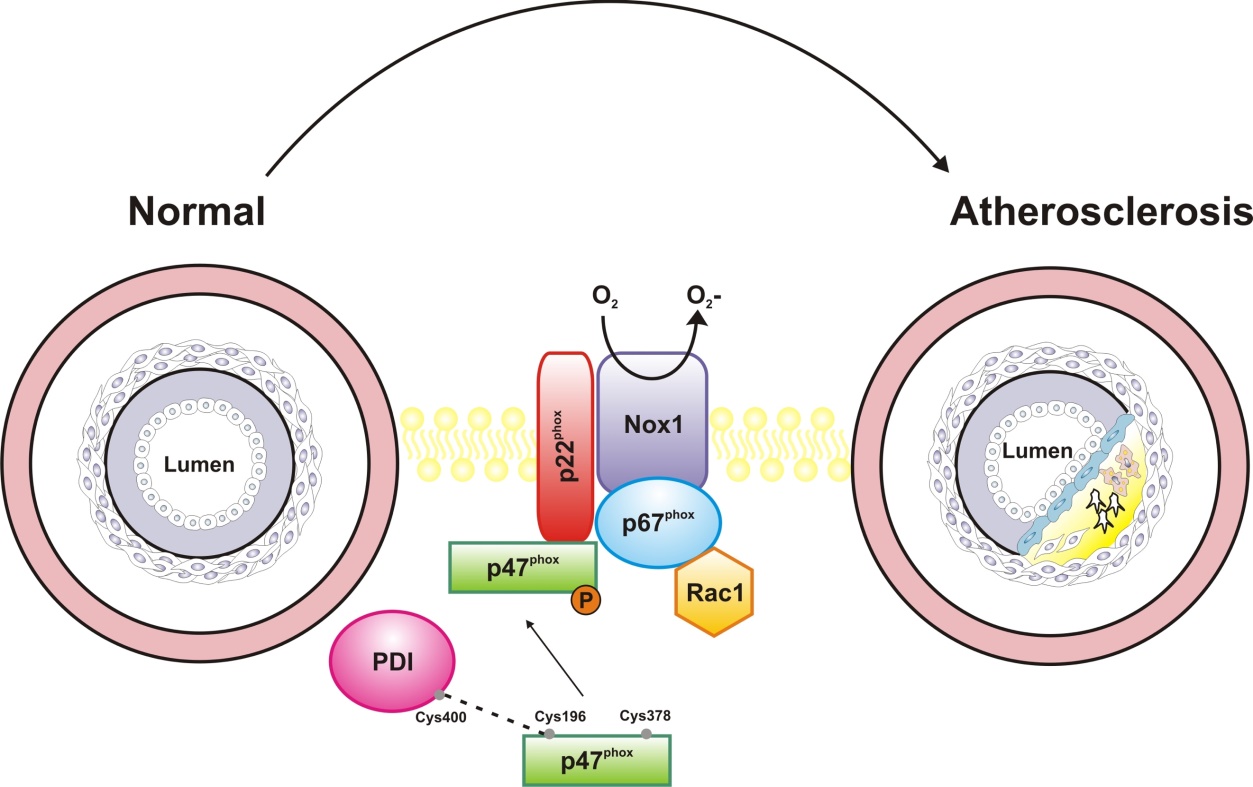Neutrophils add another layer of complexity to redox signaling

Redoxoma Highlights by Luiz Felipe de Souza
Neutrophils kill invading microbes with a myriad of antimicrobial agents and powerful oxidants. Phagocytosis and other stimuli activate the NADPH oxidase complex that generates high amounts of oxidants, which are crucial to host defense but can also promote damage to host tissue and jeopardize neutrophil function. neutrophils were traditionally considered to be a “kamikaze” cell Thus, neutrophils were traditionally considered to be a “kamikaze” cell, dying quickly after activation due to self-inflicted oxidative damage. However, it is becoming clear that neutrophils can survive for several hours after activation and are important both for regulation and termination of inflammation by releasing cytokines and other inflammatory mediators. This suggests that neutrophils must have highly efficient antioxidant systems to protect ongoing functions. We examined this hypothesis by studying peroxiredoxin in these cells [1].
Peroxiredoxins (Prxs) are thiol peroxidases that are particularly sensitive to oxidation. Prxs rely on highly reactive cysteine thiols for their antioxidant functions. Because of their high abundance and fast reactivity, Prxs are thought to act as peroxide sensors, normally being in their reduced form, and becoming oxidized as the environment shifts towards a more oxidizing state [2]. This holds true for most mammalian cells, but this system seems to be more complicated in neutrophils. By analyzing the redox state of the cytoplasmic Prxs (Prx1 and 2) in non-stimulated neutrophils, we detected that almost all the Prx pool was already oxidized in these conditions [1]. Prxs of other lymphocytes taken from the same blood showed only about 15-20% of Prx oxidation, indicating that this phenomenon might be unique to neutrophils. Inhibition of the NAPDH oxidase complex or stimulation of oxidative burst did not change the oxidative state of Prx, suggesting that the recycling system may be deficient in neutrophils. Most puzzling, thioredoxin and thioredoxin reductase, the two enzymes directly responsible for Prx recycling, were expressed at reasonable levels in neutrophils, and in contrast to Prx, thioredoxin was mainly reduced in these cells. In contrast, Prxs in acute promyelocytic leukemia HL-60 cells induced to differentiate towards a neutrophil-like phenotype were reduced under non-stimulated conditions and became oxidized upon phagocytosis. Intriguingly, differentiation of the HL-60 cells by both retinoic acid and dimethyl sulfoxide let to a robust down-regulation of Prx1, indicating that this protein may play a role in the differentiation process [1].
These data raise a number of questions regarding the redox metabolism of neutrophils. It is known that oxidation of Prxs can control cell signaling by a disulfide relay mechanism. For example, Prx1 oxidation can activate apoptosis by promoting the oxidation of ASK1, and Prx2 can oxidize and repress STAT3 signaling [3,4]. So, how are these systems operating inside the neutrophils? And why does Prxs appear “locked” as disulfides when other thiols such as thioredoxin and glutathione are reduced? Perhaps trying to answer these questions may bring other exciting findings in the field of redox research.
References
- L. F. de Souza, A. G. Pearson, P. E. Pace, A. L. Dafre, M. B. Hampton, F. C. Meotti, C. C. Winterbourn. Peroxiredoxin expression and redox status in neutrophils and HL-60 cells Free Radical Biology and Medicine, 135: 227–34, 2019. | doi: 10.1016/j.freeradbiomed.2019.03.007
- R. A. Poynton, M. B. Hampton. Peroxiredoxins as biomarkers of oxidative stress Biochimica et Biophysica Acta (BBA) - General Subjects, 1840(2): 906–12, 2014. | doi: 10.1016/j.bbagen.2013.08.001
- R. M. Jarvis, S. M. Hughes, E. C. Ledgerwood. Peroxiredoxin 1 functions as a signal peroxidase to receive, transduce, and transmit peroxide signals in mammalian cells Free Radical Biology and Medicine, 53(7): 1522–30, 2012. | doi: 10.1016/j.freeradbiomed.2012.08.001
- M. C. Sobotta, W. Liou, S. Stöcker, D. Talwar, M. Oehler, T. Ruppert, A. N. D. Scharf, T. P. Dick. Peroxiredoxin-2 and STAT3 form a redox relay for H2O2 signaling Nature Chemical Biology, 11(1): 64–70, 2014. | doi: 10.1038/nchembio.1695
Luiz Felipe de Souza, Pos-doc at Laboratory of Redox Processes in Inflammation at Department of Biochemistry,
Institute of Chemistry, University of São Paulo, Brazil


Add new comment